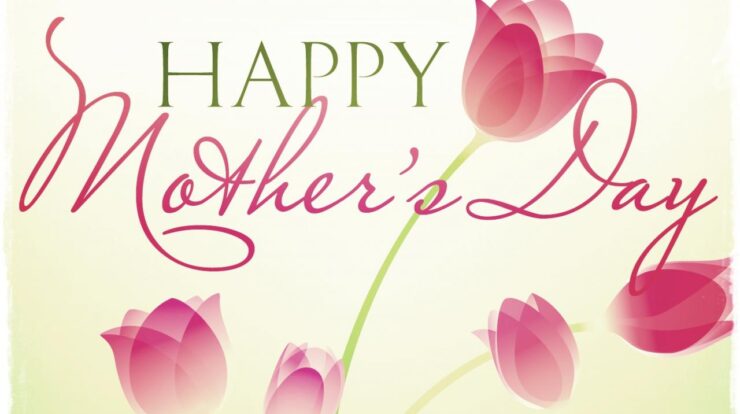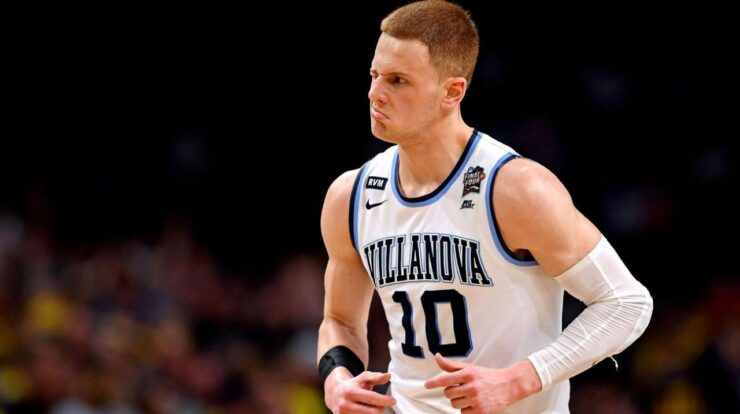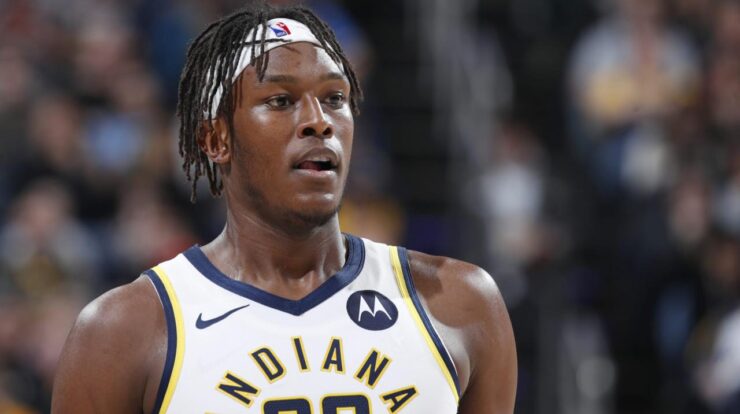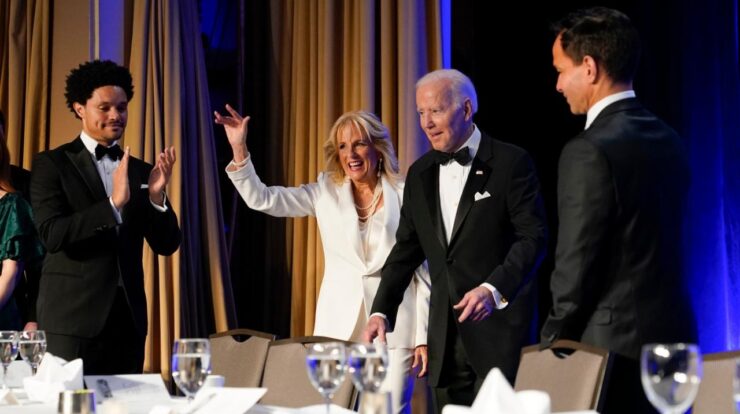
White house correspondents dinner watch – Immerse yourself in the captivating world of the White House Correspondents’ Dinner, an annual gathering where journalism, politics, and entertainment converge. This prestigious event has witnessed countless memorable moments and sparked significant conversations, making it a must-watch spectacle for those seeking insights into the intricate relationship between media and power.
From its humble beginnings to its current status as a cultural phenomenon, the White House Correspondents’ Dinner has evolved dramatically. It has become a platform for both humor and serious commentary, with attendees ranging from presidents and politicians to celebrities and media personalities.
Its impact extends beyond the ballroom, shaping public perception and fostering dialogue on critical issues.
Overview of the White House Correspondents’ Dinner
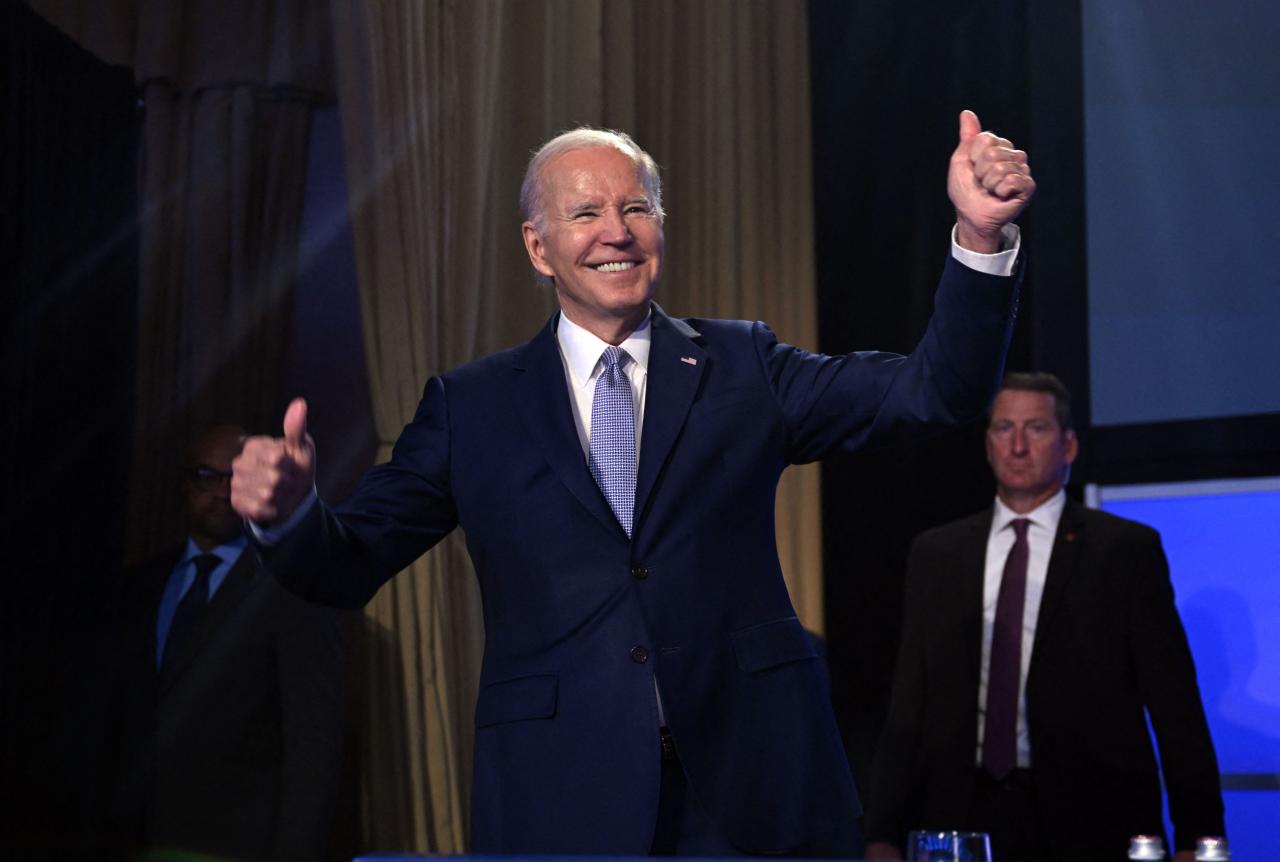
The White House Correspondents’ Dinner is an annual event that brings together journalists, politicians, and celebrities in Washington, D.C. It has a rich history and has evolved into a significant occasion for journalism and politics.
The dinner was first held in 1921 as a way for journalists to honor the President of the United States. Over the years, it has become a major social event, with attendees including high-ranking government officials, media personalities, and other notable figures.
The format of the dinner typically includes a cocktail reception, dinner, and speeches. The President of the United States is usually the featured speaker, and other guests often deliver humorous or poignant remarks.
The White House Correspondents’ Dinner has become a significant event in the context of journalism and politics. It provides a unique opportunity for journalists to interact with politicians and other influential figures. It also serves as a platform for the President to address the media and the public in a more informal setting.
Key Moments and Notable Performances
Over the years, the White House Correspondents’ Dinner has witnessed many memorable speeches and performances.
- In 1987, comedian Mark Russell delivered a scathing monologue that poked fun at President Ronald Reagan and his administration.
- In 2011, President Barack Obama delivered a humorous speech that included a number of self-deprecating jokes.
- In 2016, comedian Michelle Wolf’s performance sparked controversy for her jokes about President Donald Trump and his administration.
These moments have helped to shape the reputation of the White House Correspondents’ Dinner as an event where anything can happen.
For those seeking political insights, tune in to the white house correspondents dinner watch , where renowned journalists gather to analyze the latest news and events.
Media Coverage and Analysis
The White House Correspondents’ Dinner receives extensive media coverage, both before and after the event.
In the lead-up to the dinner, media outlets speculate about who will be attending and what they might say. After the event, media outlets analyze the speeches and performances, and discuss the political and cultural implications of the dinner.
Social media has also become a major factor in shaping public perception of the White House Correspondents’ Dinner. Attendees often live-tweet the event, and media outlets use social media to share highlights and commentary.
Political and Cultural Impact, White house correspondents dinner watch
The White House Correspondents’ Dinner has a number of political and cultural implications.
Politically, the dinner can be seen as a way for journalists to build relationships with politicians. It can also be a way for politicians to reach out to the media and the public in a more informal setting.
Culturally, the dinner is a reflection of the relationship between media and power. It is an event where journalists and politicians can come together to celebrate the First Amendment and the importance of a free press.
The White House Correspondents’ Dinner has evolved over time to reflect changing political and cultural landscapes. In recent years, the dinner has become more politicized, with speeches and performances often taking on a more overtly partisan tone.
For those looking to catch the latest political action, don’t miss the white house correspondents dinner watch . Stay tuned for live coverage of the event, where top journalists and politicians gather for an evening of humor and commentary. Don’t forget to check out the amazon watch party for a fun and interactive viewing experience.
Ending Remarks: White House Correspondents Dinner Watch
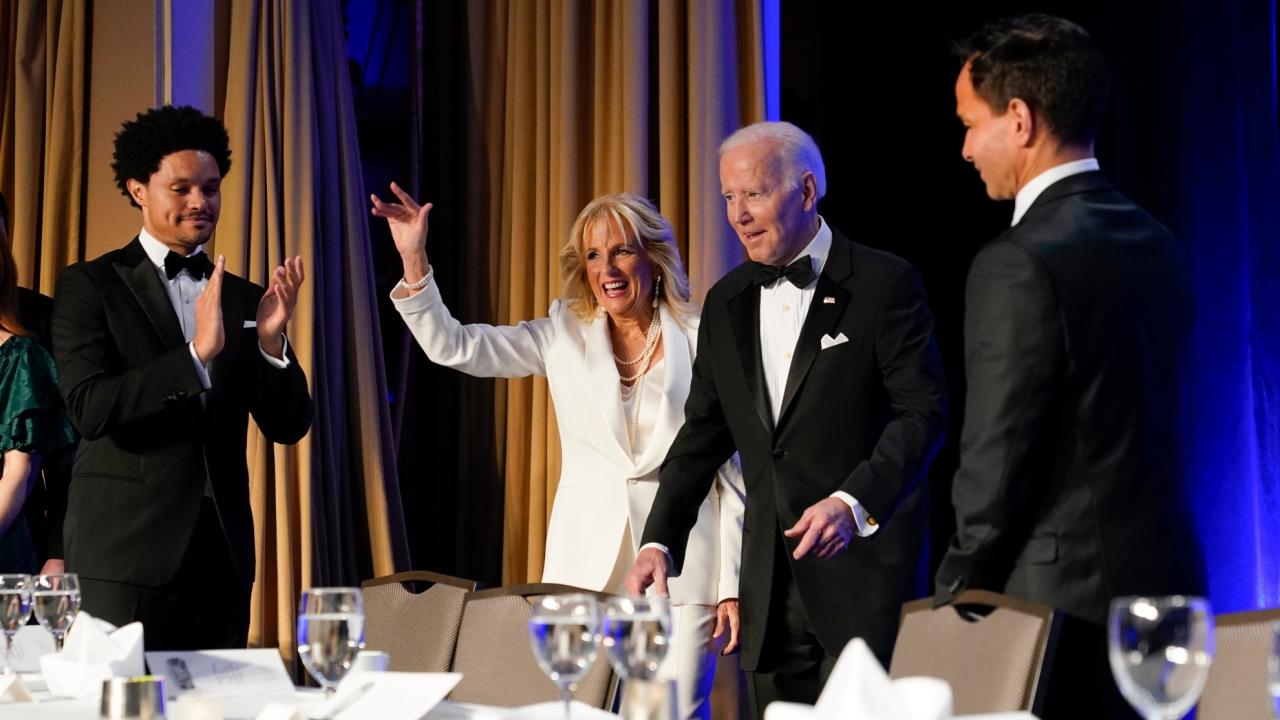
The White House Correspondents’ Dinner remains a captivating event that continues to draw attention and analysis. Its significance lies in its ability to reflect the ever-changing dynamics between media, politics, and culture. As we look ahead, it will be fascinating to witness how this iconic gathering continues to adapt and influence the national conversation in the years to come.
FAQs
What is the purpose of the White House Correspondents’ Dinner?
The dinner serves as a platform for journalists to engage with political figures in a social setting, fostering dialogue and providing an opportunity for humorous commentary on current events.
Who attends the White House Correspondents’ Dinner?
Attendees include journalists, politicians, celebrities, and media personalities, creating a unique blend of perspectives and backgrounds.
How has the White House Correspondents’ Dinner evolved over time?
The dinner has transformed from a small gathering of journalists to a highly publicized event with significant cultural and political impact, reflecting the changing relationship between media and power.



